Low-Pressure vs High-Pressure Spray Foam: What’s the Difference?
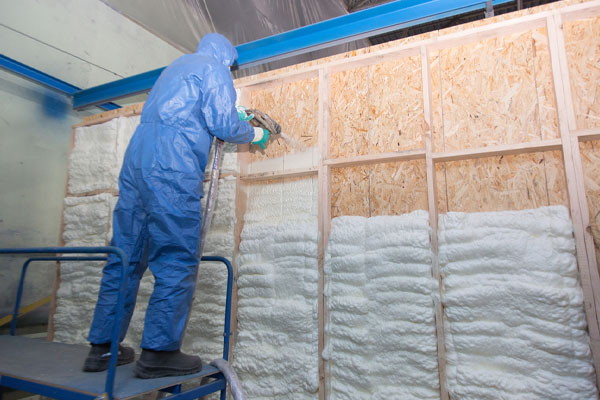
Spray foam insulation is an effective and versatile solution for enhancing energy efficiency and comfort in homes and buildings. It creates a seamless and airtight barrier that prevents heat loss and air infiltration. It helps reduce utility bills and create a more comfortable indoor environment. There are two primary types – low-pressure and high-pressure spray foam. Both offer distinct advantages. Each excels in specific applications. Understanding low pressure vs high pressure spray foam helps tailor insulation choices for optimal effectiveness and cost.
Low-Pressure vs High-Pressure Spray Foam: What Are Their Differences?
Contents
- Low-Pressure vs High-Pressure Spray Foam: What Are Their Differences?
- Differences in Installation Techniques Of High & Low Pressure Foam
- Performance & Energy Efficiency Of Foam Insulation
- Considerations for Choosing Between Low-Pressure and High-Pressure Spray Foam
- Common Misconceptions & FAQs
- Low Pressure Vs High Pressure Spray Foam In Fort Collins, Colorado
Below we discuss some of the differences between high and low-pressure spray foam.
Related Article: Soundproofing vs Sound Dampening a Room: What’s the Difference?
Understanding Low-Pressure Spray Foam
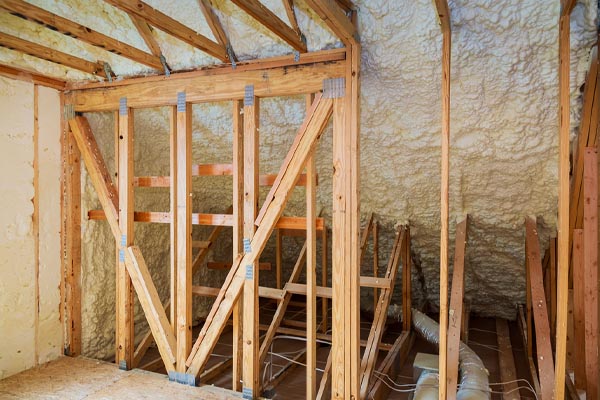
Low-pressure spray foam insulation involves precisely mixing two components – polyurethane and a foaming agent. The mixture is sprayed onto surfaces, expanding to fill gaps and cavities to create an effective thermal barrier. The expansion occurs gradually, allowing better control over the application process. This method is especially suited for interior insulation and retrofit projects.
Low-pressure spray foam has a closed-cell structure that provides excellent insulation and air-sealing properties. It sticks well to a variety of surfaces. It creates a seamless barrier that reduces heat transfer and prevents air infiltration. Its expansion rate is slower than high-pressure spray foam, which makes it suitable for applications where precision is key. The cured foam is lightweight, durable, and resistant to moisture and mold growth.
Low-pressure spray foam is commonly used to insulate walls, ceilings, and floors. Its ability to fill even the tiniest gaps ensures complete coverage and enhanced energy efficiency. It minimizes drafts, reduces noise transmission, and improves indoor air quality by preventing allergens, foreign particles, and other pollutants from entering. Its controlled expansion is ideal for retrofitting existing structures without causing damage.
Related Article: Does Spray Foam Damage Roof Shingles?
Exploring High-Pressure Spray Foam
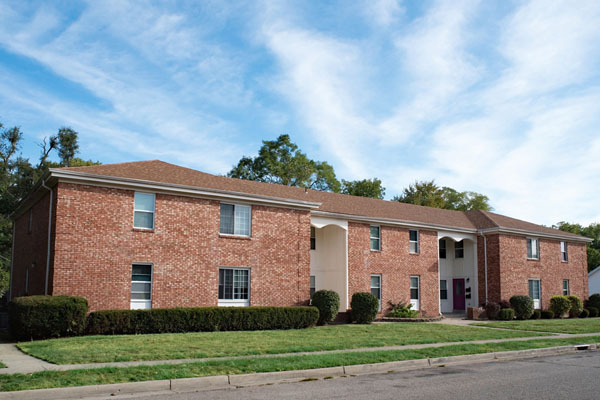
High-pressure spray foam insulation involves the use of specialized equipment to mix and spray two components:
- Isocyanate
- Polyol resin
These components are mixed at high pressure before it is applied as a fine mist that rapidly expands upon contact with surfaces. It creates a seamless and efficient insulation layer. Due to its rapid expansion, high-pressure spray foam is often used for more extensive and exterior projects. It requires skilled technicians for precise application.
Related Article: Important Insulation Information When Buying a House In Fort Collins
High-pressure spray foam has an open-cell or closed-cell structure, each offering distinct benefits.
- Closed-Cell Foam: this is denser and provides a higher R-value. It is excellent for insulation and structural reinforcement.
- Open-Cell Foam: this is softer and more flexible. It offers good sound absorption properties. It forms an airtight barrier that prevents heat loss, moisture filtration, and air leakage. It adheres well to various surfaces, creating a durable, long-lasting insulation layer.
High-pressure spray foam is commonly used in commercial buildings, roofs, attics, and exterior walls. Its rapid expansion and sealing properties effectively reduce energy consumption and prevent thermal bridging. It provides superior insulation in harsh weather conditions. It reduces drafts and noise transmission. High-pressure spray foam enhances the structural integrity of a building and can even act as a barrier against pests. While it requires professional installation, the long-term benefits of energy savings and increased comfort make high-pressure spray foam a valuable investment in insulation solutions.
Differences in Installation Techniques Of High & Low Pressure Foam
Low-pressure spray foam insulation typically uses equipment that includes two separate tanks for the A and B components – a hose and a spray gun. High-pressure spray foam requires more advanced equipment, including a proportioning machine that mixes the components at high pressure before spraying.
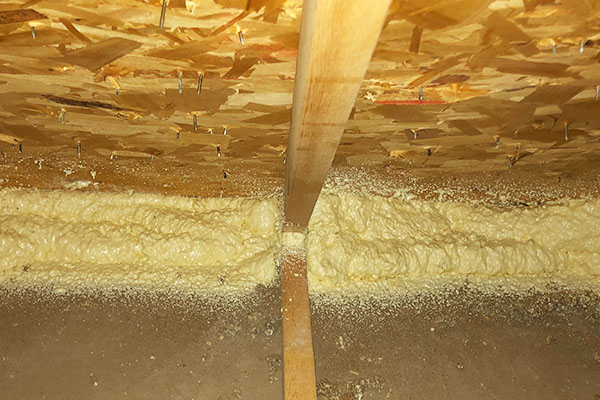
Low-Pressure Spray Foam
- The technician will prepare the surface by cleaning it and making sure it is free of debris.
- Set up the equipment and connect the hoses to the spray gun.
- Apply the A and B components through the spray gun, allowing them to mix as they exit.
- The mixture expands upon contact with surfaces, creating an insulation layer.
Related Article: Clearing Up Fallacies About Spray Foam Insulation
High-Pressure Spray Foam
- Prepare the surface and make sure there is proper ventilation.
- Set up the proportioning machine, connect hoses, and calibrate the machine.
- Mix the A and B components at high pressure in the proportioning machine.
- Spray the mixture using a spray gun, allowing it to expand rapidly upon contact.
Please note that for both insulation methods, professionals are needed to oversee and work on the installation. Do not do it yourself. Professional tools, experience, and expertise are required.
Low-pressure spray foam installation is generally less complex and requires less equipment. It is suitable for smaller projects. The process is straightforward, but the application can take more time due to the slower expansion of the foam.
High-pressure spray foam installation demands more advanced equipment and skilled technicians. The rapid expansion of the foam reduces the installation time for larger projects, making it efficient. However, the specialized equipment and training needed for high-pressure installation can result in higher labor costs.
Performance & Energy Efficiency Of Foam Insulation
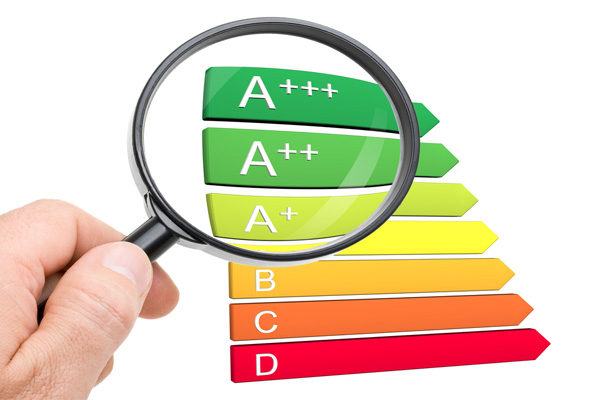
- Effectiveness of Low-Pressure Spray Foam Insulation: Low-pressure spray foam insulation offers excellent insulation effectiveness because it creates a tight and seamless seal. The foam sticks to surfaces and expands gradually, filling gaps and crevices. This provides an effective air barrier, preventing heat transfer and reducing energy loss. Its high R-value per inch makes it suitable for various applications, including walls, attics, and crawl spaces.
- Effectiveness of High-Pressure Spray Foam Insulation: The rapid expansion upon application ensures a strong seal and minimal air infiltration. Like low-pressure foam, it creates an effective air barrier. It helps maintain a consistent indoor temperature and reduces energy consumption. Its high R-value per inch provides excellent thermal insulation.
- Thermal Resistance and Energy Efficiency Between the Two Types: The choice between the two often comes down to the specific requirements of the project and the desired insulation level.
While both types can significantly enhance energy efficiency and contribute to a comfortable indoor environment, high-pressure spray foam’s rapid expansion can provide slightly better coverage ad insulation effectiveness. However, choosing between them should consider the project size, budget, specific energy efficiency, and insulation performance goals. Consult an insulation expert to help determine the best choice for your needs.
Considerations for Choosing Between Low-Pressure and High-Pressure Spray Foam
Factors to Consider
A number of factors need to be considered when choosing between low-pressure and high-pressure spray foam insulation. Consider the project’s size, scope, location, existing structure, insulation goals, and specific requirements.
- Low-Pressure Foam: Its gradual expansion and versatility are ideal for smaller, intricate spaces and retrofit projects.
- High-Pressure Foam: It is well-suited for larger areas. Its quick expansion covers more ground in less time.
Related Article: Injection Foam Insulation vs. Spray Foam Insulation: What’s the Difference?
Cost Considerations
Low-pressure spray foam generally has a lower upfront cost per board foot than high-pressure spray foam. However, the total cost will depend on the project size, insulation needs, and labor. High-pressure spray foam usually costs more but can provide better insulation coverage and quicker installation. This can offset costs over time through improved energy efficiency.
Related Article: What Is Thermal Bridging In Colorado Homes?
Suitability for Different Insulation Needs and Project Requirements
- Low-Pressure Spray Foam: It excels in retrofitting and areas where precise application is essential. It is well-suited for insulating irregular surfaces and avoiding damage to existing structures.
- High-Pressure Spray Foam: It is a good choice for larger areas with consistent surfaces. It provides an effective air seal and has the potential to offer slightly better insulation performance due to its uniform application.
Common Misconceptions & FAQs
- Misconception – All spray foam insulation is the same: There are two main types – low-pressure and high-pressure. Each with distinct properties and applications.
- Misconception – High-pressure spray foam is always better: The choice depends on the project. High-pressure foam covers larger areas quickly, but low-pressure foam is better for tight spaces.
- Misconception – Spray foam insulation is harmful: When installed by professionals, spray foam is safe. Proper ventilation during installation and curing prevents any potential risks.
Related Article: Fort Collins Attic Insulation Removal: What Goes into the Process?
FAQs

- Which type of spray foam offers better insulation performance? Both types offer excellent insulation when installed properly. High-pressure foam might have a slight edge due to its uniform expansion, but both can significantly improve energy efficiency.
- Can I spray foam insulation myself? We highly recommend hiring professionals for spray foam installation. Proper application requires experience, knowledge, and specialized equipment.
- How long does spray foam insulation last? With proper installation, spray foam insulation can last several decades without degrading. It provides long-term benefits in energy savings and comfort.
Related Article: The Importance Of Home Air Sealing On Energy Costs In Colorado
Conclusion
Low-pressure and high-pressure spray foam insulation each offer unique advantages for various projects. While low-pressure foam excels in tight spaces, high-pressure foam covers more area quickly. To make the best choice, consult experienced professionals who can tailor their expertise to your project’s requirements. With the right guidance, you can achieve a well-insulated, energy-efficient, and comfortable living environment for years to come.
Related Article: How Does Insulation Affect Heat Loss?
Low Pressure Vs High Pressure Spray Foam In Fort Collins, Colorado
To receive the many benefits that proper insulation has to offer, work with a professional insulation company for the best results. They can consider all of the necessary factors that will improve efficiency, comfort, and more. Ascend Construction specializes in insulation removal and installation, energy conservation, energy audits, whole house fan installations, and more in Fort Collins, Colorado, and the neighboring areas.

Contact Ascend Construction for a free consultation today. We can provide you with practical solutions to address the problem areas in your Fort Collins home. All of our services are affordable, and our work is guaranteed. Click here to contact us, or click the button below to give Ascend Construction a call. We offer free, no-obligation, in-home consultations.
Ascend Construction
4115 County Road 19
Fort Collins, CO, 80524
(970) 420-5495